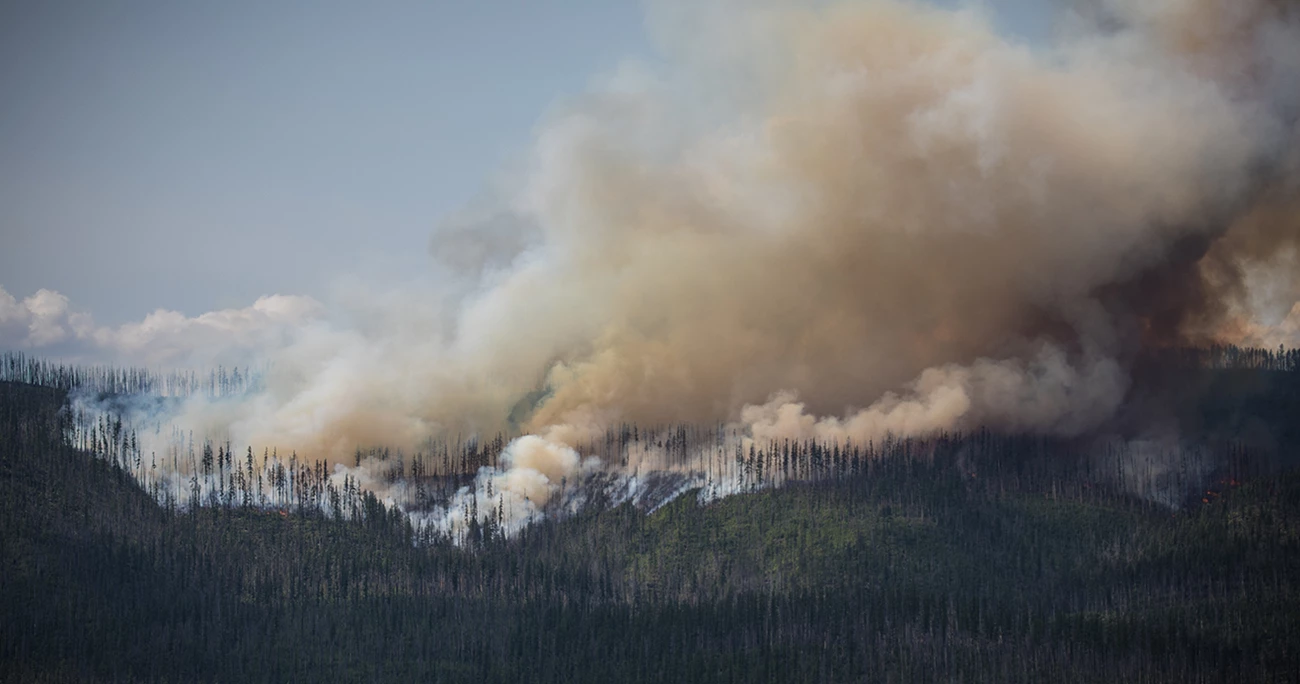Wildfire is a natural and necessary part of many forest, woodland, and grassland ecosystems. Fire suppression has caused an unnatural buildup of small trees and coarse woody debris that serve as fuel. At the same time, climate change is increasing the heat and aridity that drives wildfires.
Human-caused climate change doubled the area burned by wildfire in the western U.S. from 1984 to 2015, over what would have burned naturally. In national parks and other protected areas of Canada and the U.S., climate dominated physical and local human factors in driving wildfire from 1984 to 2014. Human-caused climate change increased fire season length up to two months in North America from 1979 to 2013.
The National Park Service uses prescribed burning and managed wildland fire to reduce fuel loads. These actions also serve to reduce the risks of fire under continued climate change.
Human-caused climate change doubled the area burned by wildfire in the western U.S. from 1984 to 2015, over what would have burned naturally. In national parks and other protected areas of Canada and the U.S., climate dominated physical and local human factors in driving wildfire from 1984 to 2014. Human-caused climate change increased fire season length up to two months in North America from 1979 to 2013.
The National Park Service uses prescribed burning and managed wildland fire to reduce fuel loads. These actions also serve to reduce the risks of fire under continued climate change.

NPS Image
Last updated: January 8, 2025
